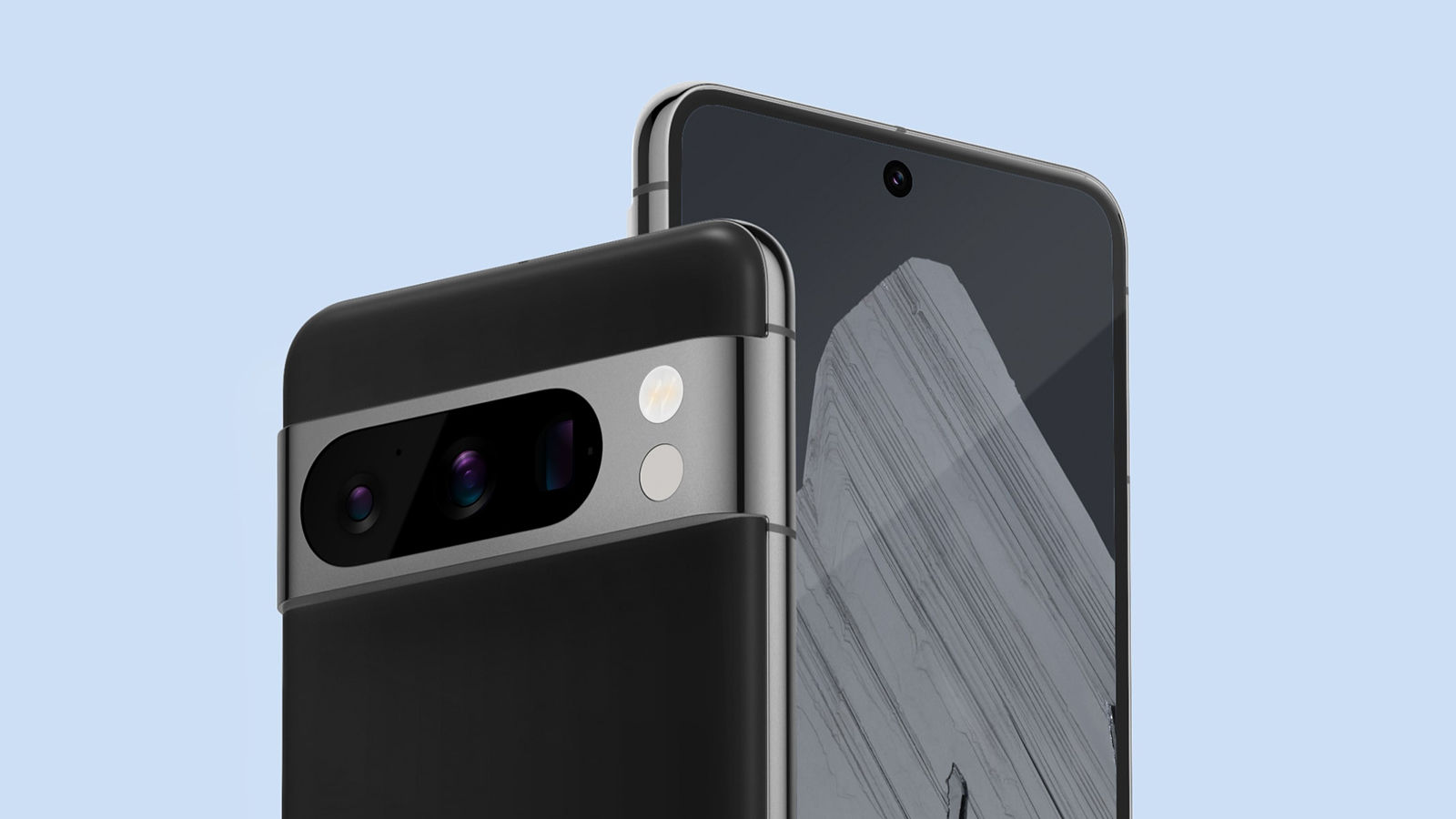Pixel 8 can do a neat trick that even Google doesn't know about
You won't find it in the specs, but this pulls the Pixel 8 even closer to the iPhone 15

It's been a busy few months in the phone world, with new models arriving from a host of top brands. We've seen a swathe of new handsets, spanning pretty much every corner of the industry.
That includes foldable phones like the Samsung Galaxy Z Flip 5 and Android phones like the new Google Pixel 8 range. Even the new iPhone 15 range landed, offering something new for those who prefer Apple's way of working.
But it's the Pixel 8 range which is making headlines today. Popular tech tipster, Mishaal Rahman, has been testing out an unlisted feature for the range – and it's one which pulls the Pixel a little closer to those new iPhones.
According to a series of tweets, Rahman and other testers he works with have found that the USB-C port on the Pixel 8 devices are capable of being used as a DisplayPort. That would allow users to export the display of their device onto another monitor.
Google had previously denied this, though the new developments suggest that may be a software limitation, as the hardware is certainly more than capable. It's not entirely clear why that would be the case, though.
So, can users enable this on their own handset? Well, sort of. An earlier tweet from Rahman shows the method for enabling the feature, which involves changing the root code of the phone itself. That's unlikely to be something which everyone is comfortable with – or, indeed, has the capability to do.
Still, if you're confident in your abilities, the theory has been proven to work. It's likely to prove more of a bugbear for users. The fact that the hardware is capable, but the software has limited the functionality is sure to be frustrating – particularly with no clear reason why that might be the case.
Get all the latest news, reviews, deals and buying guides on gorgeous tech, home and active products from the T3 experts
There is some hope though. As the feature is only limited by software, there is always a possibility that the brand could enable it in a future software update. That is purely speculation right now, but it certainly would make some sense.
For now, though, your only hope is to go all codebreaker on your handset if you need the DisplayPort functionality on your own phone.

Sam is an award-winning journalist with over six years of experience across print and digital media. As T3’s Senior Staff Writer, Sam covers everything from new phones and EVs to luxury watches and fragrances. Working across a range of different social media platforms alongside his written work, Sam is a familiar face for fans of T3. When he’s not reviewing snazzy products or hunting for stellar deals, Sam enjoys football, analog photography and writing music.
